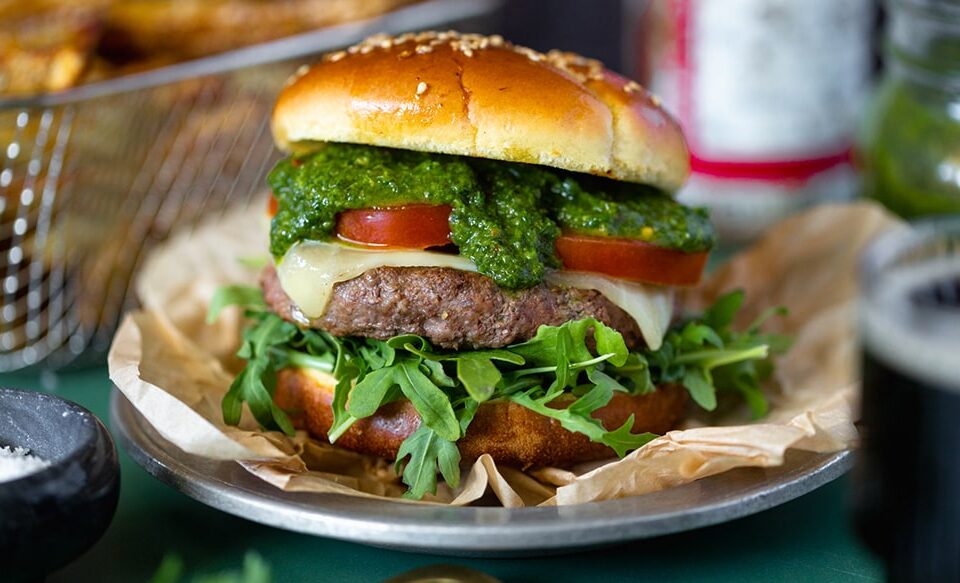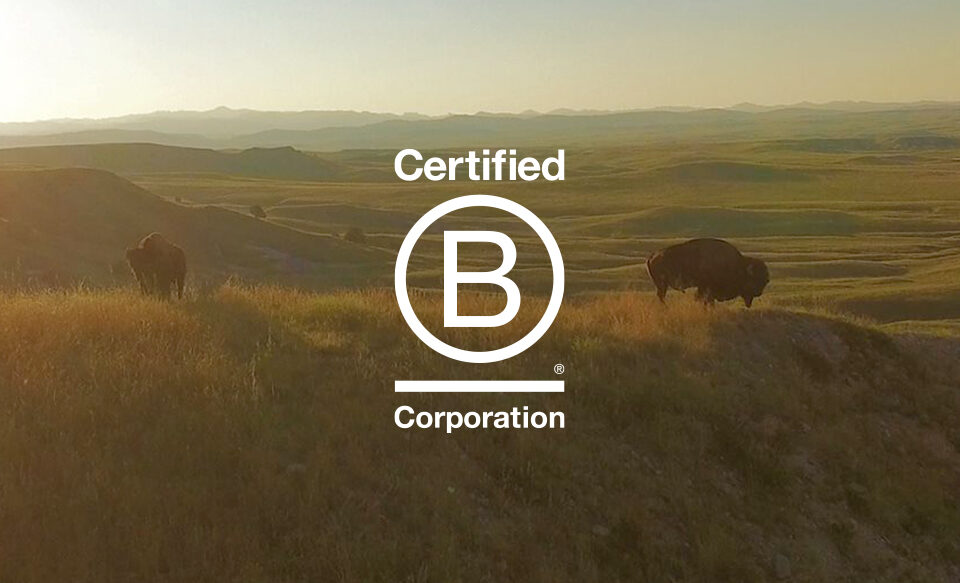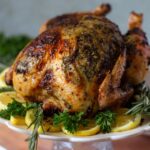
Herb Roasted Chicken with Whipped Feta and Lemony Potatoes
July 12, 2025
Ground Elk Brown Butter Sage Stuffing Filled Butternut Squash
November 12, 2025Summer Grilling Tips

Whether you're a weekend griller or a full-on flame fanatic, the difference between “just okay” and “damn, that’s good” often comes down to technique. That’s why we created the Honest Grill Guide—a summer series focused on real tips for cooking grass-fed, pasture-raised meats the right way.
Here are the first four game-changing tips to help you grill with more confidence, less guesswork, and a whole lot more flavor. We’ll update this page as we add more tips, so be sure to bookmark it for the future!
Follow along, put them to use, and stock up on your favorite grilling cuts here.

Don’t crank the heat under pressure.

Being the grill master comes with serious responsibility, but no matter how hungry everyone is, resist turning up the heat to cook your meat faster.
Grass-fed and pasture-raised meats do better with medium, steady heat—especially for burgers and steaks. You’ll get better flavor, more moisture, and less flare-up drama.
Quick Fix: If you’re using charcoal, let it burn down until the coals are gray before cooking. For gas, keep it at medium and use indirect heat for thicker cuts

Dry brine for the win.
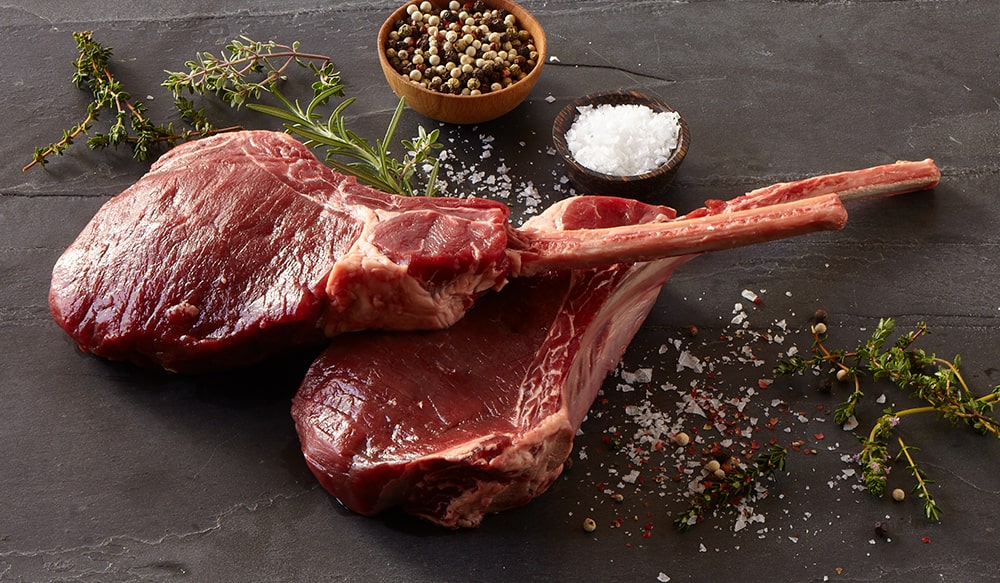
If you're seasoning your meat right before it hits the grill, you're missing out. Next time try dry brining. Salt it a few hours—or even a day—in advance and let it rest in the fridge, uncovered. This gives the salt time to pull moisture from the surface, dissolve, and reabsorb into the meat, seasoning it more deeply and setting you up for that perfect, crispy exterior.
Try it with these cuts:
Beef New York Strip Steak: Dry brine for 12-24 hours to deepen the flavor of the dense marbling.
Tomahawk Bison Steak: Dry brine for 12-24 hours to allow salt to penetrate the thick cut and dramatic bone-in structure.
Organic, Pasture-Raised Whole Chicken: Dry brine for a full 24 hours to allow the salt to fully sink in and give the skin that extra crisp.
Bison Sirloin Steak: Dry brine for 4-12 hours to tenderize the lean steak and let the naturally rich flavor shine.

One flip is plenty.
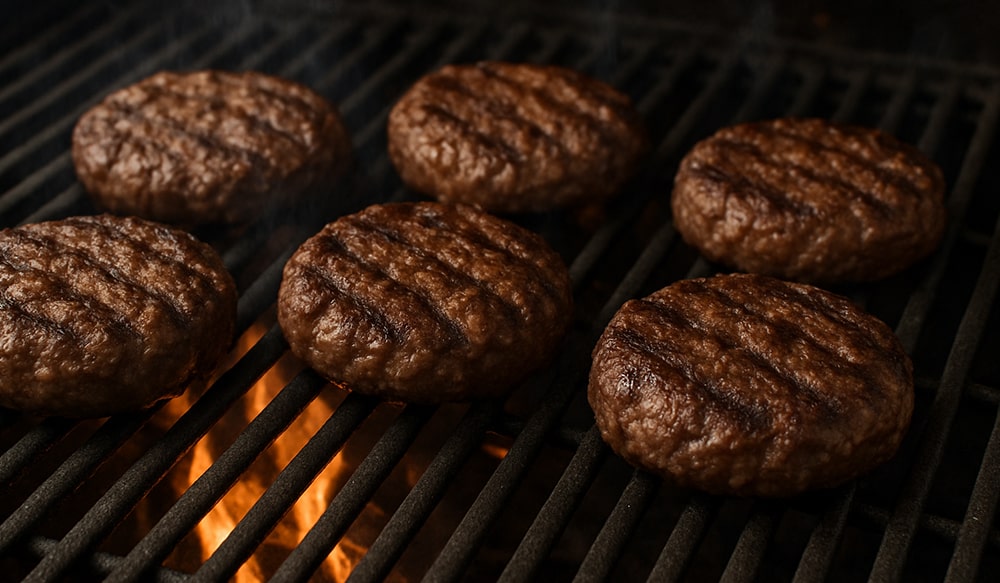
We know it’s tempting — the grill’s hot, the burgers are sizzling, and flipping feels like part of the job.
But, too much flipping disrupts the Maillard reaction — that magical process that builds a rich, umami-packed crust — and messes with the texture, especially in lean, pasture-raised meats like bison.
Instead, cook your burgers over medium-high heat and flip just once, about halfway through. That’s how you get that crave-worthy crust, lock in the juices, and build that rich, savory flavor.

Control your heat with zones.
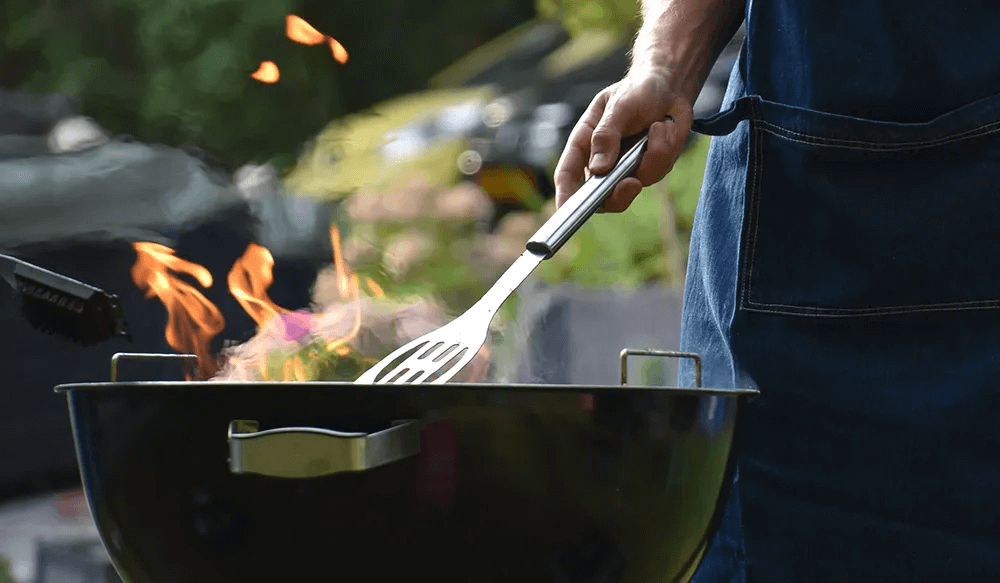
Great grilling isn’t just about fire, it’s about control. Enter the two-zone method: one side of the grill is hot and direct; the other is cooler and indirect.
Together, they give you more control, more consistency, and fewer flare-ups—especially crucial when you’re cooking lean, clean meats like our Bison and Elk steaks.
Start your sear over the hot zone to build that crust, then move the meat to the cooler zone to finish cooking without drying it out.
Reverse Searing? Cook the meat slowly in the cooler zone, then finish with a quick, high-heat sear for texture and flavor.
